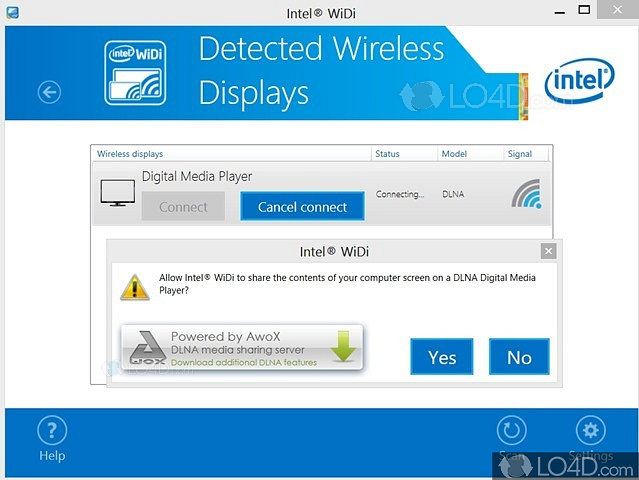

The ScreenBeam Pro relies on a separate connector for power and requires a AC adapter, which makes Netgear’s Push2TV the better travel companion.

The Actiontec ScreenBeam Pro has a full-size USB port, but it serves only to update the device’s firmware (you update the Push2TV’s firmware via a Wi-Fi connection). The Push2TV uses its USB port for its AC adapter, which means that you can power it from either your laptop or the provided AC adapter. Each one has a USB port and an HDMI output for connecting to your display. Netgear’s Push2TV is the smaller of the two devices. ROBERT CARDIN Netgear’s Push2TV offers the option of drawing power from your laptop’s USB port. But if wireless streaming is something you must have, and if your laptop supports WiDi, you might consider Netgear’s product, which was the more reliable of the two-once I got it up and running. Unless you’re prepared for the possibility of arduous troubleshooting, I wouldn’t bother with either adapter. The Lenovo ThinkPad Helix Ultrabook that I used for testing required multiple reboots, driver updates, and reinstallations of Intel’s software. Pretty hard, as it turns out: Both devices proved enormously complicated to set up. Two fourth-gen adapters, Actiontec’s ScreenBeam Pro and Netgear’s Push2TV, are each smaller than a deck of cards, with just a couple of ports. Intel’s WiDi technology promises a lot: The third and fourth generations can wirelessly stream up to 1080p video, including copy-protected content such as commercially pressed Blu-ray movies, to a receiver embedded in an HDTV, a video projector, or some other display-or to a stand-alone receiver with an HDMI output that you plug into a display.


 0 kommentar(er)
0 kommentar(er)
